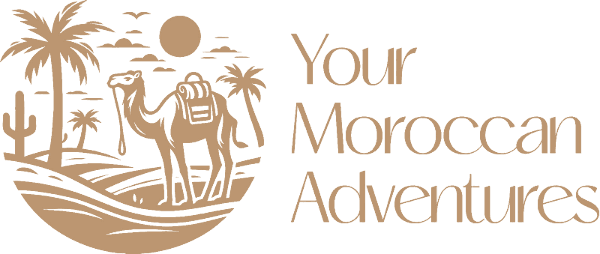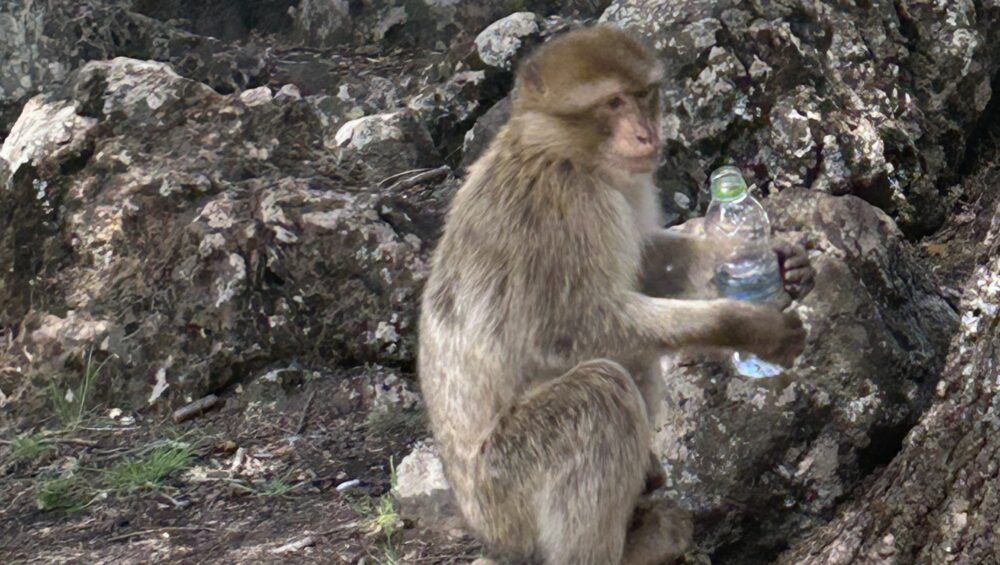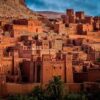Celebrating the Amazigh New Year: A Dive into Morocco’s Rich Amazigh Heritage
Morocco, a land of mesmerizing landscapes and ancient traditions, is home to the Amazigh people, who have played a crucial role in shaping the country’s vibrant cultural tapestry. Among their many rich traditions, the Amazigh New Year, or Yennayer, stands out as a unique celebration that offers a glimpse into their history, resilience, and connection to nature.
The Amazigh New Year: Yennayer
Yennayer marks the beginning of the agricultural calendar, celebrated on January 13th each year. This ancient tradition has roots that date back to the Amazigh people’s deep ties with the land and its cycles. It’s a day filled with joy, symbolism, and a profound sense of unity.
The celebration of Yennayer includes:
- Traditional Foods: Families gather to share hearty meals, often featuring couscous with seven vegetables, symbolizing abundance and blessings for the year ahead. Desserts made with nuts and honey are also staples of this festive day.
- Music and Dance: Amazigh communities organize vibrant performances, including traditional dances like ahwach and ahidous, accompanied by rhythmic drumming and melodious ribab instruments.
- Ceremonial Acts: In some regions, symbolic rituals are performed to ward off negative energy and invite prosperity, such as spreading flour in the corners of homes or planting new crops.
The Diversity of Amazigh Culture in Morocco
The Amazigh people, also known as Berbers, are indigenous to North Africa and form a significant part of Morocco’s cultural heritage. Across the country, different Amazigh groups express their identity through distinct traditions, clothing, languages, and art forms.
- Tamazight, Tachelhit, and Tarifit: These are the three main Amazigh languages spoken in Morocco, each reflecting a unique regional identity.
- Artistic Expressions: Amazigh craftsmanship is renowned worldwide. From intricate silver jewelry to handwoven carpets, their artistry tells stories of generations.
- Festivals and Rituals: Beyond Yennayer, festivals like Imilchil Marriage Festival in the High Atlas or Tan-Tan Moussem in southern Morocco highlight their diverse customs.
- Architecture: The traditional Amazigh ksour (fortified villages) and kasbahs showcase their resourceful adaptation to the environment, using local materials to create sustainable and beautiful structures.
Why the Amazigh New Year Matters
The Amazigh New Year is not just a cultural celebration; it’s a testament to the resilience of a people who have preserved their identity through centuries of change. It’s a reminder of the importance of honoring our roots while embracing the present.
As the Amazigh proverb goes:
*”Adrar ur yuggar d asif” *(“The mountain never meets the river”), signifying the enduring strength and independence of the Amazigh people.
For more information or to explore Amazigh culture with us, feel free to reach out via WhatsApp or FaceTime:
📞 +212668690099
📞 +212665338815
Let’s celebrate Morocco’s diverse heritage together!





